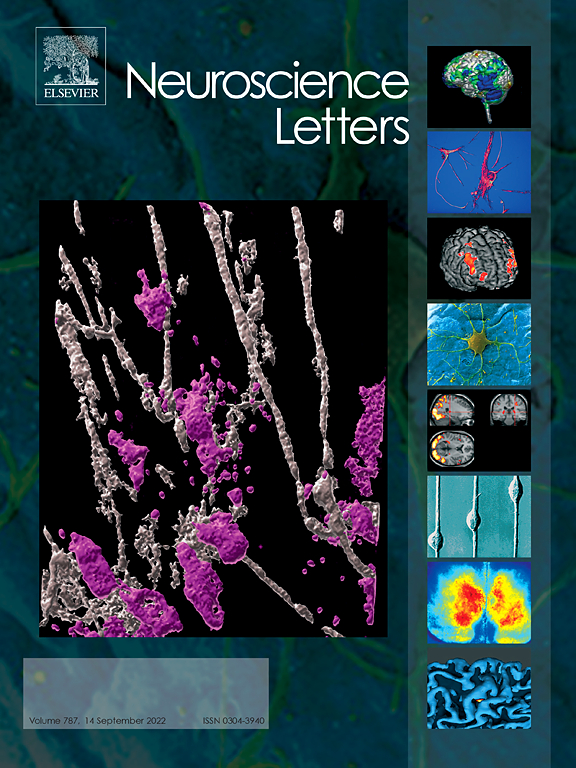Neuroscience letters
2022 Mar 16;773:136494
doi: 10.1016/j.neulet.2022.136494. Epub 2022 Jan 31.
Abstract
The ability to sense pain signals is closely linked to the activity of ion channels expressed in nociceptors, the first neurons that transduce noxious stimuli into pain. Among these ion channels, TREK1, TREK2 and TRAAK from the TREK subfamily of the Two-Pore-Domain potassium (K2P) channels, are hyperpolarizing channels that render neurons hypoexcitable. They are regulated by diverse physical and chemical stimuli as well as neurotransmitters through G-protein coupled receptor activation. Here, we review the molecular mechanisms underlying these regulations and their functional relevance in pain and migraine induction.
Keywords: Frameshift mutation-induced alternative translation initiation (fsATI); Heterodimerization; K2P channels; KCNK; Migraine; Pain; Sensory neurons; TREK.
Copyright © 2022 Elsevier B.V. All rights reserved.
- PMID: 35114333
- DOI: 10.1016/j.neulet.2022.136494

